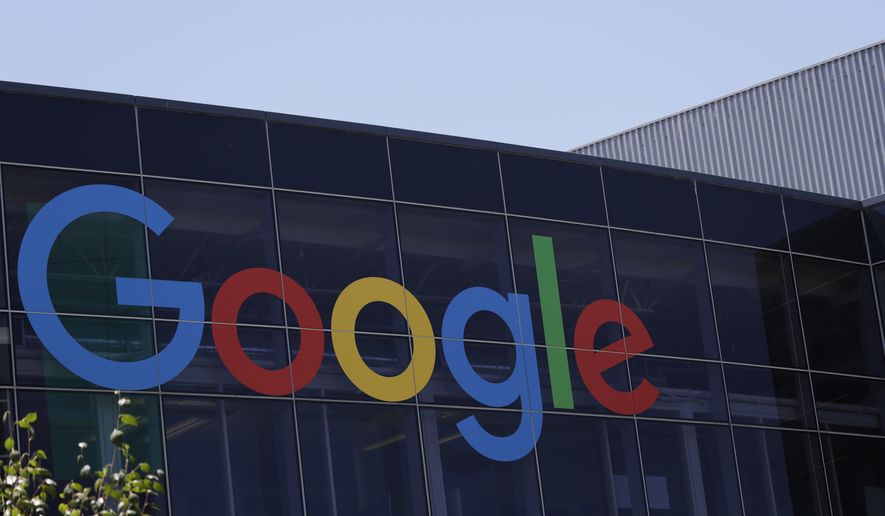Google has developed new tools for its users to avoid large crowds amid concerns about the spread of the new coronavirus.
Google Maps will now use crowdedness predictions specifically for coronavirus to help people avoid large congregate settings particularly when utilizing such things as mass transit, according to Ramesh Nagarajan, Google Maps product manager, in a post on the company’s website.
“Starting today, you can easily see the times when a transit station is historically more or less busy to plan your trip accordingly or you can look at live data showing how busy it is right now compared to its usual level of activity,” Mr. Nagarajan wrote in the post on Monday. “Simply search for a station in Google Maps or tap on the station on the map to see the departure board and busyness data, where available. Rolling out over the next several weeks, these capabilities are powered by aggregated and anonymized data from users who have opted in to Google Location History, a Google account-level setting that is off by default.”
Google’s new tools will also let users know when public transit directions for a planned trip are anticipated to be affected by social distancing restrictions. Google said such transit alerts will initially be available in 13 total countries, including the U.S. in places where Google has the necessary information from individual transit agencies.
The company is also creating driving alerts to let users know about potential coronavirus checkpoints, including near international borders.
Mr. Nagarajan wrote that the insights created by the location data collected “are only surfaced” when it has sufficient data to meet privacy thresholds.
Google’s location-data has attracted criticism and lawsuits in recent weeks. Arizona is suing Google for allegedly deceiving users, and using unfair business practices, to gain access to its users’ location data. Arizona’s complaint claimed that Google tracked the movement of people who turned off the location tracker.
Additionally, Google collected location and movement information of 300 million people around the world and gave the data to a handful of scientists the company has deemed worthy. Google began tracking people’s movements and sending the data to scientist before the coronavirus outbreak and has continued to give certain scientific researches special access during the pandemic.
Google previously said it provides such data to research institutions, not governments, and enters into agreements with those accessing the data to block them from sharing it with others.
• Ryan Lovelace can be reached at rlovelace@washingtontimes.com.




Please read our comment policy before commenting.